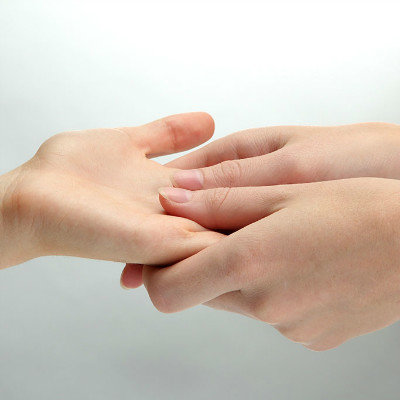Symptoms of tenosynovitis of little finger
summary
Finger tenosynovitis, the most common is flexor tendon stenosing tenosynovitis, commonly known as "trigger finger", mainly due to the flexor tendon in the fiber sheath near the beginning of the sliding obstacles. The incidence rate of thumb, middle finger and ring finger is higher than that of male. Tenosynovitis of the thumb can also be seen in infants. Diabetic patients are prone to simultaneous tenosynovitis. Tenosynovitis of little thumb? Let's talk about it
Symptoms of tenosynovitis of little finger
At the beginning of the disease, the palmar side of the finger in the metacarpophalangeal joint is painful, and the pain is aggravated during the flexion and extension of the finger. For patients with serious disease, there can be a snapping sound during the flexion and extension of the finger, which is similar to pulling the trigger. Therefore, the disease is also known as "trigger finger".

The symptoms are more obvious than those in the morning, and some patients' symptoms will be relieved in the afternoon. When the condition is more serious, the interphalangeal joint can not be fully extended (or flexed), which is called interlocking phenomenon.

During palpation, there is tenderness on the palmar side of the metacarpal head, and most patients can touch a nodule at this position, and the nodule slides longitudinally with the action of flexion and extension. Pain occurred during the resistance test. As the condition improves, pain and other symptoms can disappear.

matters needing attention
Local block therapy: if the effect of conservative treatment is not good, local block therapy can be used, most of which can relieve symptoms. However, some patients will relapse after 3-4 weeks of treatment. Although they can be closed again, a few patients will have tendon rupture after multiple block therapy.













